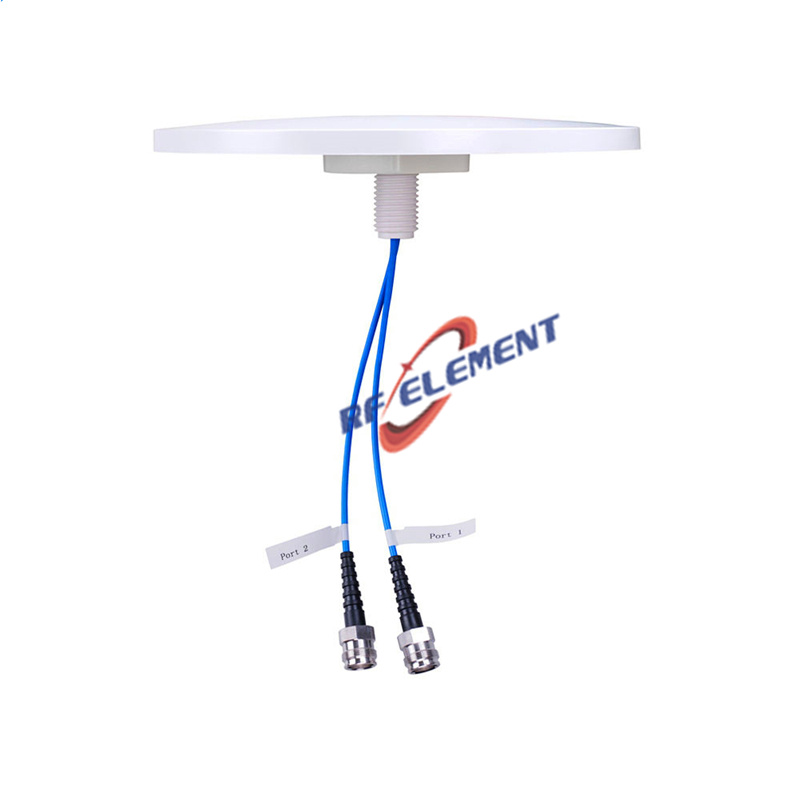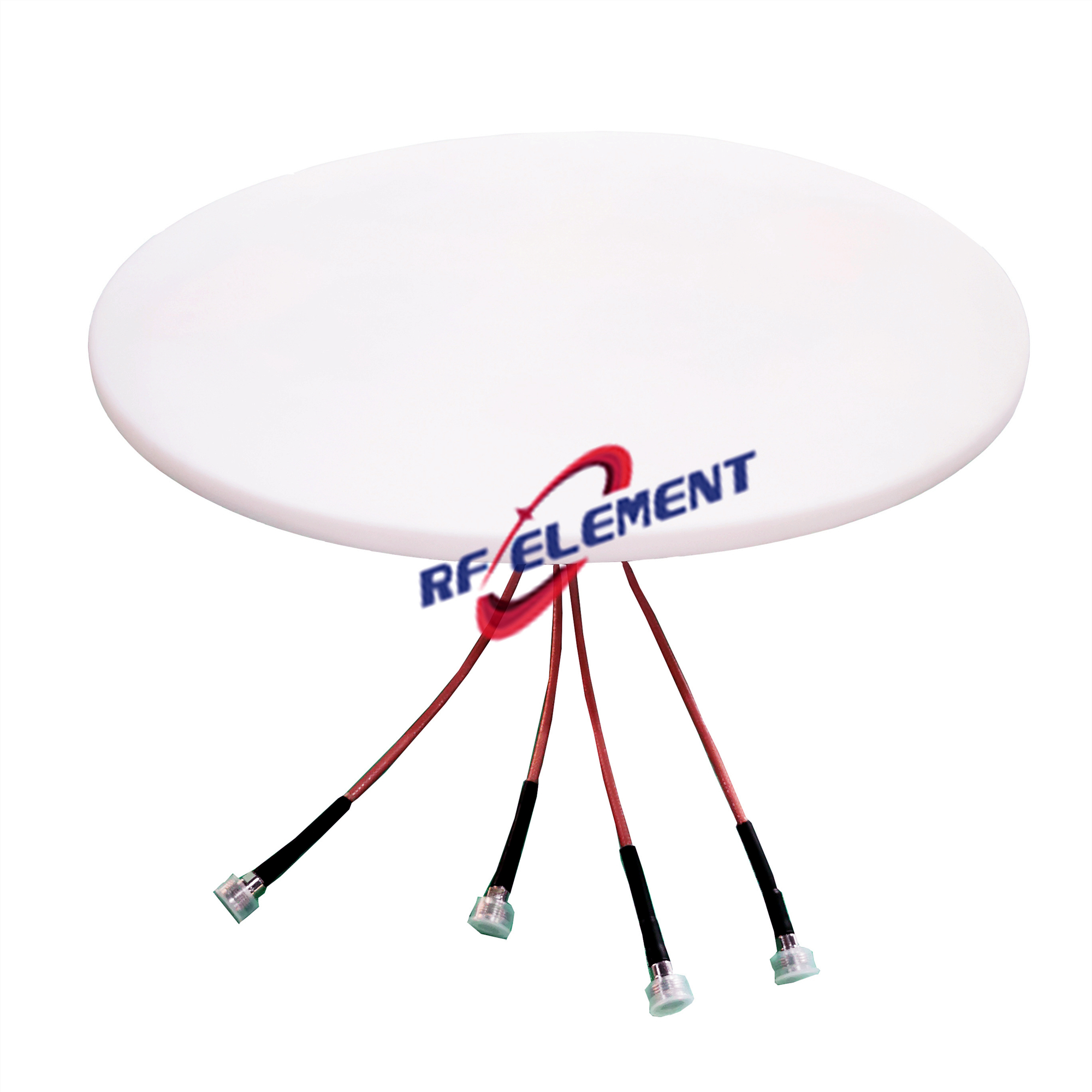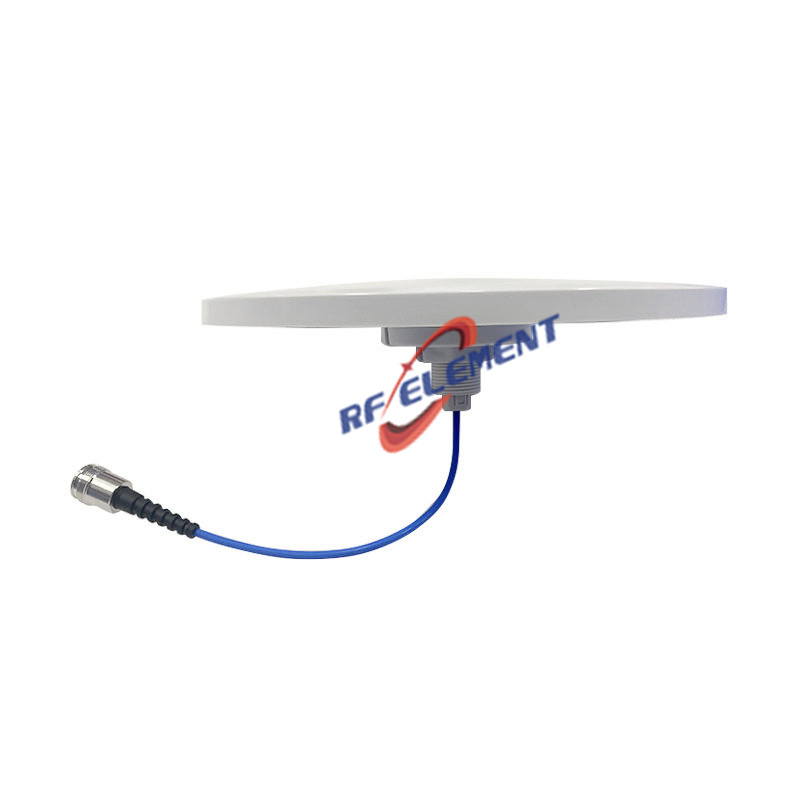Low Profile 5G Antenna: Compact Design Solutions for Urban and Industrial Connectivity- Our Technological Leaps
In 2024, Singapore’s Land Transport Authority faced a critical challenge: deploying 5G antennas on existing infrastructure without compromising aesthetics or signal strength. Their solution—RF element’s low profile 5G antenna—delivered 8 dBi gain in a 32 mm-thick design, proving that compact antennas can rival traditional bulky systems. This article explores how our ultra-slim antennas overcome urban density, multi-path interference, and extreme environments, validated by 3GPP Release 17 standards and real-world deployments.
1. Technical Specifications & Design Innovations
Product: Low Profile 5G Antenna
Frequency Range:
Sub-6 GHz: 3.3–4.2 GHz (n77/n78)
mmWave: 24–28 GHz (n257/n261)
Profile Height: 32 mm (1.26 inches)
Gain: 8 dBi (sub-6 GHz), 12 dBi (mmWave)
VSWR: <1.5:1 (validated via Keysight PNA-X)
Power Handling: 100W (supports 64T64R mMIMO)
Weight: 1.2 kg (aluminum alloy housing)
Key Innovations:
Metasurface Radiator Design
Replaces traditional dipoles with 3D-printed frequency-selective surfaces, reducing height by 60% while maintaining 95% radiation efficiency.
Hybrid Beamforming
Combines analog phase shifters (Qorvo QPB3810) and digital precoding for ±30° beam steering, suppressing interference by 18 dB in urban canyons.
Corrosion-Resistant Coating
Ceramic-loaded polymer radome passes 1,000-hour salt spray tests (ASTM B117), ideal for coastal 5G small cells.
2. Applications & Case Studies
Case 1: Smart Traffic Lights in Singapore
Challenge: Existing 5G antennas exceeded 100 mm height, violating urban design codes.
Solution:
Deployed 500 low-profile antennas on traffic poles, integrating NVIDIA Jetson Edge AI for real-time beam adjustment toward moving vehicles.
Results:
98% signal coverage across Orchard Road shopping district.
Pedestrian accidents reduced by 22% through unobstructed sightlines.
Case 2: Automotive Factory 5G Private Network
Client: Volkswagen Wolfsburg Plant (Germany)
Solution:
Ceiling-mounted antennas provided 5G coverage for 200 AGVs (automated guided vehicles) with Mu-MIMO support.
Results:
Production efficiency improved by 35% (J.D. Power 2024 report).
3. Competitive Advantages Over Alternatives
| Feature | RF element Low-Profile Antennas | Generic Low-Profile Antennas | Competitor A |
|---|---|---|---|
| Height | 32 mm | 50–80 mm | 45 mm |
| Bandwidth | 20.1% (mmWave) | 3.7% (patch antennas) | 15% |
| Weatherproofing | IP69K (200 bar pressure) | IP67 | IP68 |
| Certifications | 3GPP Rel.17, FCC/CE | Regional only | 3GPP Rel.16 |
Data sourced from IEEE ECTC 2024 and field trials.
4. Engineering Challenges & Solutions
Challenge 1: Gain Loss in Compact Designs
Solution: Dielectric resonator technology increased gain by 2.5 dB vs. traditional patch antennas.
Challenge 2: Heat Dissipation in mmWave Bands
Solution: Embedded graphene heat spreaders reduced thermal resistance by 40% (tested at 28 GHz).
5. Compliance & Testing
Certifications:
FCC ID: RFE-5G-LP2025
CE RED: 2014/53/EU
MIL-STD-810H: Vibration/shock resistance.
Testing Protocols:
12-month exposure in Dubai (50°C) and Helsinki (-30°C).
Lab Validation: Far-field patterns measured with MVG SG 64.
Field Trials:
RF element: Pioneering Low Profile Antenna Solutions
At RF element, we're dedicated to crafting a diverse array of low profile ceiling antennas that cater to the diverse needs of clients across the 4G and 5G spectrum, with frequency ranges spanning from 617MHz to 4200MHz. Our portfolio includes:
2x2 MIMO Low Profile Ceiling Antennas: Designed for spaces that require extensive coverage and high data throughput.
4x4 MIMO Low Profile Ceiling Antennas: Delivering even greater capacity and performance for applications that demand more.
SISO Low Profile Ceiling Antennas: Offering efficient single-port wireless coverage for settings that prefer a streamlined solution.


